Making the most of a tiny garden’s available area might be difficult when designing one. You should think about how to design a garden that meets your requirements and tastes, whether you have a smaller backyard, a small balcony, or a small side yard. Although it needs careful planning and ingenuity, a little garden may be a source of beauty, relaxation, and happiness.
Before you start designing your small garden, you need to think about some important factors, such as:
- The size and shape of your garden
- The purpose and function of your garden
- The style and theme of your garden
- The plants and features you want to include in your garden
- The maintenance and budget of your garden
These considerations will help you create a tiny garden that is appealing, useful, and simple to maintain.
Planning Your Small Garden Design
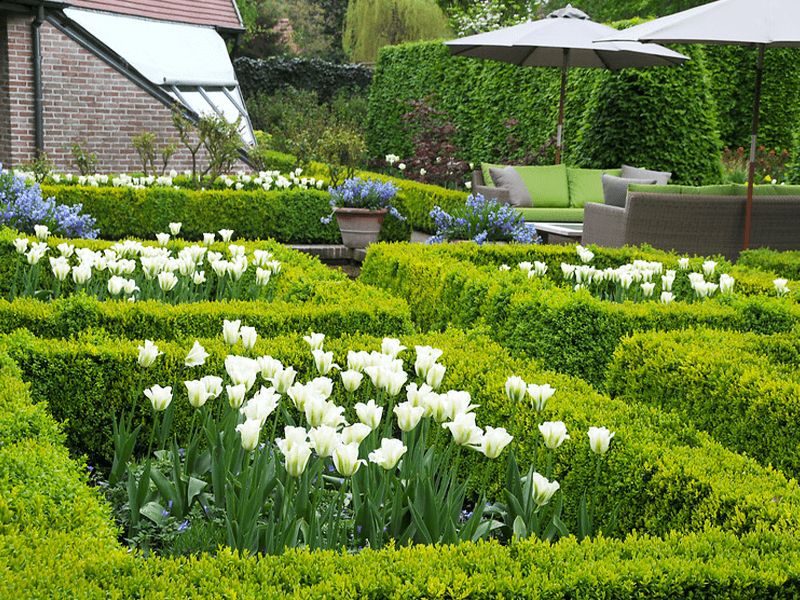
Assessing your area is the first step in constructing a tiny garden. You must take measurements of your garden’s size and make a quick layout design of it. You should also assess your garden’s current qualities, such as the soil type, sun exposure, drainage, vistas, and seclusion. These elements will affect the plants and hardscape components you choose for your garden.
The goal and function of your garden must then be determined. What purposes do you hope to serve with your garden? Do you want a place to unwind, have fun, grow food, or play? Do you prefer a formal or informal garden? Do you prefer a contemporary or traditional garden? Do you want a vibrant or muted garden? You can define the design and theme of your garden with the aid of these queries.
Then, you need to create a wish list of what you want to include in your garden. This can be anything from plants and flowers, to furniture and accessories, to water features and lighting. You can get inspiration from magazines, books, websites, or other gardens. However, you also need to be realistic about what you can fit in your small space. You may have to prioritize some items over others or compromise on some aspects.
Small Garden Design Tips and Tricks
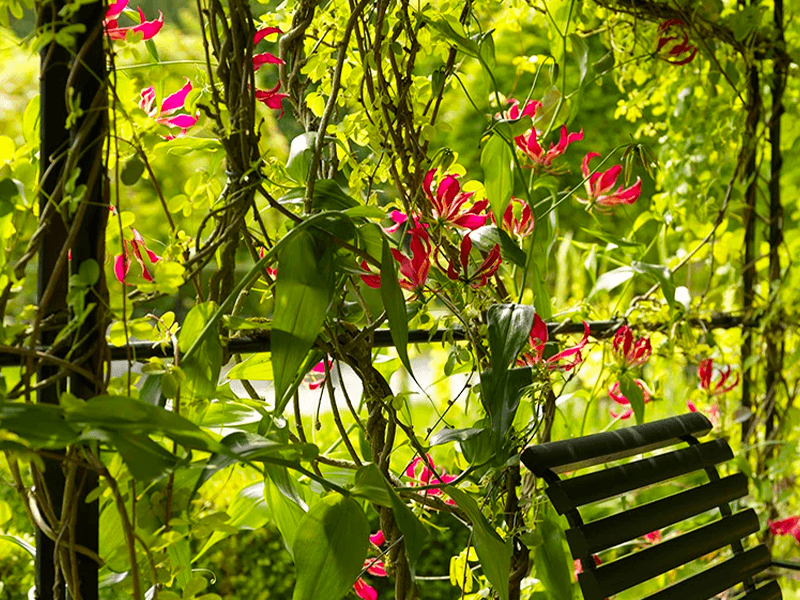
Once you have a clear idea of what you want in your small garden, you can start designing it. Here are some tips and tricks for creating a beautiful and functional small garden:
- Selecting the right plants: Choosing plants that suit your garden’s size, shape, and style is crucial for a successful small garden design. You should look for compact plants that won’t overwhelm the ground plane, but don’t be afraid to include moderate-sized or columnar trees to achieve the appropriate scale. You should also consider plants that have multiple benefits, such as providing fragrance, attracting wildlife, or offering edible parts. You should also choose plants that match the conditions of your site, such as sun or shade, wet or dry, acidic or alkaline.
- Maximizing space: Using vertical space is one of the best ways to make a small garden seem bigger. You can use walls, fences, trellises, pergolas, or arches to grow climbing plants or hang baskets. You can also use multi-functional elements that serve more than one purpose in your garden. For example, you can use benches that double as storage boxes or planters that double as screens. Another option is to use container gardening, which allows you to move plants around according to the season or occasion.
- Creating visual interest: Incorporating texture, color, and focal points in your small garden can make it more attractive and inviting. You can use different types of plants with varying shapes, sizes, colors,and textures. You can also use contrasting materials such as stone, wood, metal, or glass. You can also create focal points by using statues,fountains, birdbaths, or sculptures. Focal points can draw attention to certain areas of your garden or create a sense of depth and perspective.
- Designing for year-round interest: Selecting plants that provide interest in all seasons can ensure that your small garden looks good throughout the year. You can choose plants that have evergreen foliage, spring flowers, summer fruits, fall colors, or winter berries.
- Including hardscape elements: Adding walkways, walls, and other elements to your little garden can improve its appearance and usefulness. In addition to facilitating access to various locations in your garden, paths may give the space a feeling of movement and direction. Walls can separate rooms, provide seclusion, or hold up plants. Steps, edging, or gravel, among other things, may give your garden more texture and contrast. However, you should try to avoid employing too many hardscape components, as they could clutter up your garden or take up too much planting area.
Common Challenges in Small Garden Design and How to Overcome Them
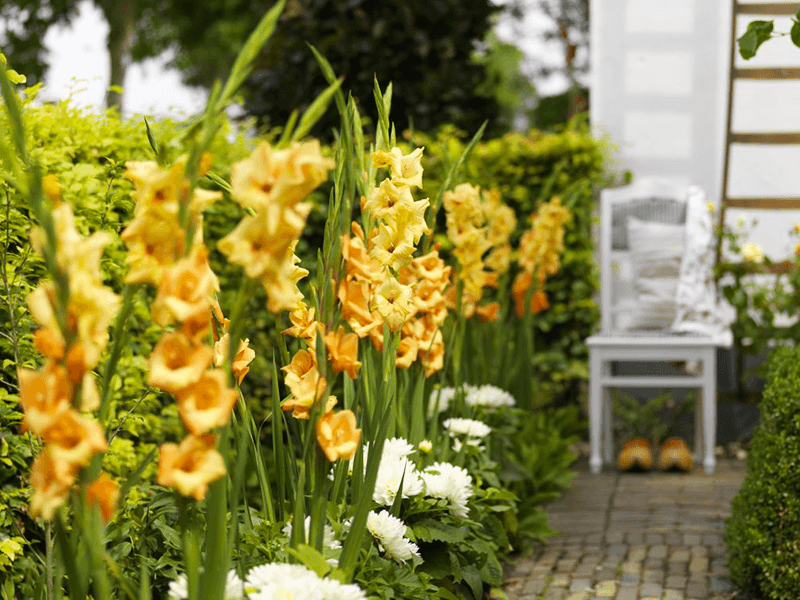
Designing a small garden can pose some challenges that require creative solutions. Here are some of the most common challenges and how to overcome them:
- Dealing with limited space: One of the biggest challenges in small garden design is making the most of your garden’s space. You can use some of the tips mentioned above, such as using vertical space, multi-functional elements, or container gardening. You can also use the diagonal axis to create a sense of depth and width in your garden. A typical suburban garden is often wide but shallow. Looking straight across the back garden therefore emphasizes the shortest dimension. By placing a focal point at the far end of the diagonal axis, you can draw the eye across the longest dimension and make your garden seem bigger.
- Creating privacy in a small garden: Another challenge in small garden design is creating privacy from neighbors or passers-by. You can use plants or structures to create a screen or a barrier around your garden. For example, you can use tall plants such as bamboo, grasses, or shrubs to create a natural fence. You can also use trellises, lattice panels, or curtains to create a more solid screen. However, you should avoid blocking all the views from your garden, as this can make it feel claustrophobic. You should leave some gaps or windows to allow some light and air to enter your garden.
- Dealing with shade and other site-specific issues: Depending on the location and orientation of your garden, you may have to deal with shade or other site-specific issues that affect your plant choices. For example, if your garden is shaded by buildings or trees, you may have to choose plants that tolerate low light levels. You can also use light-colored plants or materials to brighten up your shady garden. If your garden is exposed to strong winds or salt spray, you may have to choose plants that are hardy and resistant to these conditions. You can also use windbreaks or shelters to protect your plants from damage.
- Ideas for constructing a tiny vegetable garden: Finding adequate room, sunlight, and water for your crops may be additional difficulties if you want to grow food in your little garden. However, by heeding certain advice, such as the following, you may still have a fruitful and gratifying vegetable garden:
- Pick plants that may be grown in pots or raised beds. Among them are salad greens, herbs, tomatoes, peppers, beans, and strawberries.
- Choose plants that have a lengthy growing season or may be harvested several times. Lettuce, chard, spinach, radish, and cabbage are some of these veggies.
- Selecting compact or vertical crops. Carrots, beets, onions, cucumbers, squash, and melons are among them.
- Choosing crops that are ornamental as well as edible. These include purple basil, rainbow chard, nasturtiums, calendula, and sunflowers.
- Using companion planting to maximize space and benefits. This involves planting crops that benefit each other by attracting beneficial insects, repelling pests, improving soil quality, or providing shade. Some examples of companion plants are marigolds, garlic, basil, mint, and rosemary.
Maintenance Tips for a Small Garden
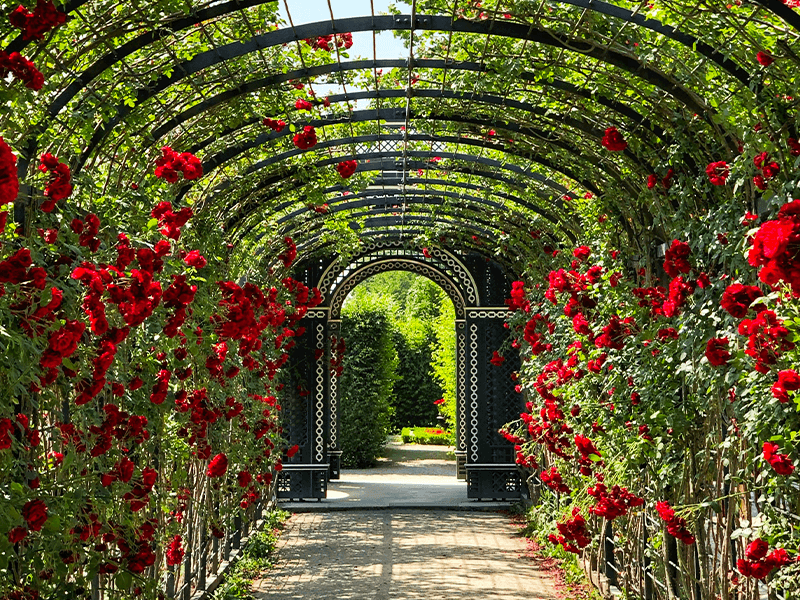
Keeping your small garden healthy and looking great requires some regular maintenance tasks. Here are some tips for caring for your small garden:
- Before planting anything in your small garden, you should prepare the soil by removing weeds, rocks, and debris. You should also add organic matter such as compost or manure to improve the soil structure and fertility. You should also fertilize your plants according to their needs and preferences.
- It is important to water your plants on a regular and enough basis for their health and development. You should water your plants based on their demands and the weather. Before watering, check the soil moisture to prevent overwatering or underwatering. To assess whether your plants want water, use a finger test, a moisture meter, or a simple observation. Mulch may also be used to keep soil wet and weeds at bay. Drip irrigation or sprinklers may also be used to automate the watering process and save time and water.
- Pruning and deadheading your plants can improve their appearance, health, and productivity. Pruning involves removing dead, diseased, or damaged branches or stems from your plants. This can help prevent pests and diseases, improve air circulation, and encourage new growth. Deadheading involves removing faded or spent flowers from your plants. This can help prolong the flowering season, prevent self-seeding, and direct the plant’s energy to other parts. You should use sharp and clean tools to prune and deadhead your plants, and follow the specific guidelines for each plant type and variety.
- Pest and disease control in a tiny garden might be difficult, but not impossible. To prevent or cure pest and disease concerns, you may employ a variety of ways, including:
- Choosing resistant or tolerant plants that are less likely to be affected by pests or diseases.
- Practicing good hygiene by removing infected or infested plant parts, cleaning your tools, and disposing of plant debris.
- Encouraging beneficial insects that prey on or parasitize pests by planting flowers or herbs that attract them.
- Using physical barriers such as row covers, netting, or traps to protect your plants from pests or birds.
- Using organic or synthetic pesticides or fungicides only as a last resort and following the label instructions carefully.
Conclusion
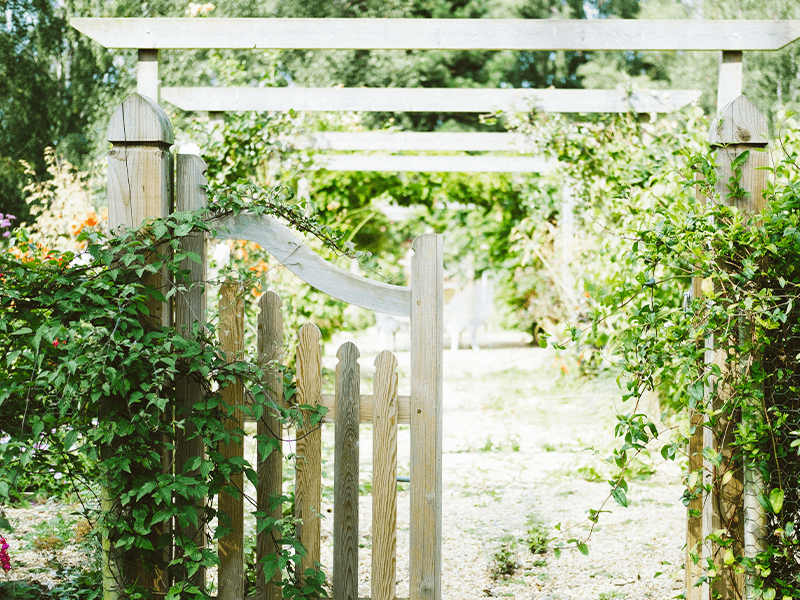
Designing a tiny garden may be a fun and gratifying effort that can convert your outside area into a beautiful and practical refuge. By following the suggestions and tactics in this article, you may design a tiny garden that meets your requirements and tastes, as well as overcome some of the usual obstacles in small garden design. With little planning and ingenuity, you can create a tranquil hideaway, an entertainment area, a profitable vegetable garden, or a mix of the three. So don’t allow the size of your garden to restrict your creativity; instead, utilize it to convey your individuality and flair. Begin planning your tiny garden now and get the advantages for years to come.
Frequently Asked Questions (FAQs) about Designing a Small Garden?
1. What are the key principles of designing a small garden?
Designing a small garden requires careful planning to maximize space and create an aesthetically pleasing environment. Start by assessing your garden’s unique features and constraints, such as sunlight, soil type, and available space. Consider using vertical gardening techniques, like trellises or wall-mounted planters, to make the most of vertical space. Choose compact and dwarf plant varieties that won’t overpower the area, and focus on a cohesive color palette to create visual unity. Don’t forget to incorporate hardscaping elements like paths, seating, and containers to add structure and functionality to your small garden.
2. What are some suitable plants for a small garden?
When designing a small garden, opt for plants that won’t outgrow their allotted space and won’t require excessive pruning or maintenance. Some great choices include dwarf trees and shrubs like Japanese maples, compact perennials like hostas and sedums, and ground covers like creeping thyme. Herbs, succulents, and ornamental grasses also work well in small gardens. Focus on plants that thrive in your specific climate and soil conditions to ensure their long-term success.
3. How can I make my small garden feel larger?
To make your small garden appear more spacious, use several design tricks. Create diagonal lines with paths or pavers to draw the eye outward. Incorporate mirrors or reflective surfaces to give the illusion of depth. Use light-colored plants and materials to make the space feel open and airy. Additionally, avoid cluttering the garden with too many decorative elements or plants; instead, aim for a minimalist and balanced design that enhances the perception of space.
4. Can I order Holland plants and gardening supplies for my small garden from your online store?
Yes, you can order a variety of plants, gardening supplies, and decor items for your small garden from our online store. We offer a curated selection of plants suitable for small spaces, along with tools, containers, and accessories to help you design and maintain your garden. Our online store provides a convenient way to browse and purchase items, and we offer delivery options to your doorstep to make gardening even more accessible for you.
5. How can I ensure my small garden thrives throughout the year?
To maintain a thriving small garden year-round, focus on seasonal diversity. Select plants that provide interest during different seasons, such as spring-flowering bulbs, summer-blooming perennials, and evergreen shrubs for winter structure. Regularly check and adjust your garden’s watering and fertilization schedule to meet the changing needs of your plants. Pruning and tidying up in the fall will help prepare your garden for winter, and spring cleaning and planting will ensure it bursts with life when the warm weather returns. Consistent care and thoughtful plant selection will keep your small garden vibrant and healthy in every season.
Published: 14.04.2023
